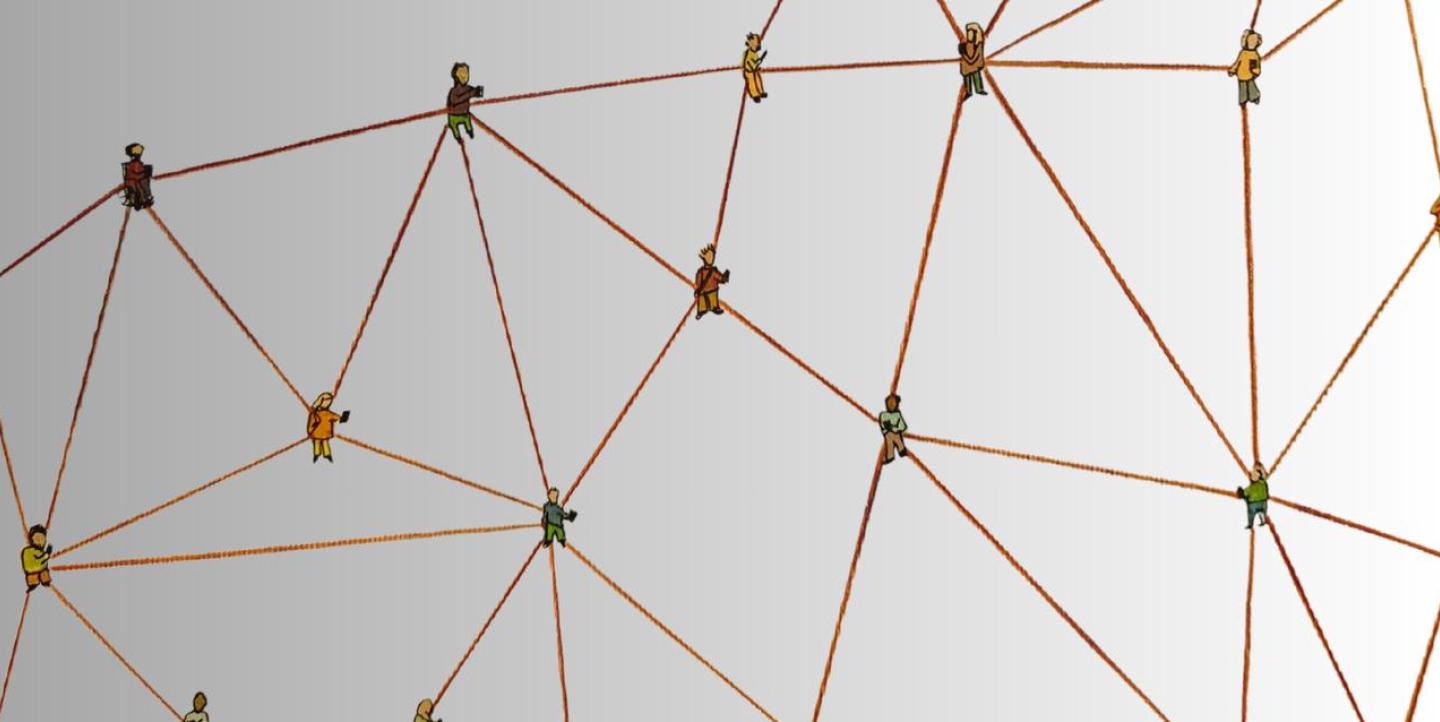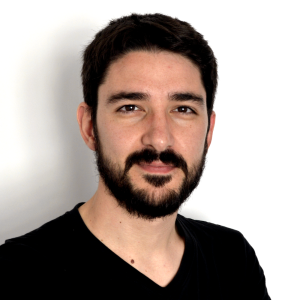Trust in journalism is at an all-time low, engagement is declining, and the business outlook for the industry is uncertain at best. These are facts. The question is whether you think this situation is inevitable or if you believe things could be better. I’m in the latter camp.
Three months ago I wrote that I believe that journalism as it is can’t be saved, but that we can reinvent it. Only by imagining radical new solutions and creating products that users actually want.
Reinventing anything forces you to face some hard questions and even harder truths. Luckily, throughout my career I have appreciated time and again how people in journalism are not afraid to dive into this level of self-reflection. I dare say it’s something we even embrace, probably because asking hard questions is part of the definition of a journalist’s work.
So I decided to gather a small group of people in my network to see what we might do together to set this change and reinvention in motion. I call them News Alchemists, for their ability to create novel ideas and solutions, just as alchemists worked to turn base metals into gold.
With News Alchemists, we aim to articulate a vision for change in the journalism industry and advocate for it, in order to make journalism more user-centric, and more equitable and sustainable as a result.
We have gathered (virtually) twice in the last few weeks to elaborate on our theory of change and try to identify where we can start from to begin moving the wheel of change. The first push is the hardest but we believe that a brighter future for journalism is possible.
Here’s what I’ve learned so far from our conversations, and some questions we aim to explore in the coming months.
Reconnecting with our mission
We believe that change can only start with a mindset shift toward what I describe as extreme user-centricity. This means creating products and experiences that people actually want, but it’s more complex than that.
It starts with our mission. We need to take some time to reflect on why we think journalism is important and what role it plays in societies. Traditionally, we tend to think about the mission of journalism as informing the public about what is going on in their community, in their country, and across the world; to supply them with the information they need to make informed choices, for example about how they are going to vote in an election.
Is that enough? Do we really believe that all journalism should aim to do is provide information to the public? I don’t think so. This belief risks confusing the production of content with mission accomplished. It suggests that the moment information is provided, our job is done. In this context, extreme user-centricity means acknowledging that information has value only if we help people use it to take action and inspire positive change. So how can we rethink, reconnect with, and update our mission?
As journalists, we should care about the people we report for, right? Otherwise why bother? The problem is that empathy often is not required to do the journalism we currently produce. The system is not designed to reward empathy as a valuable skill. For that to change, we have to start thinking of journalism as a conversation and as a service based on listening, rather than as a mere exercise of content production.
Expanding the definition of journalism
The other risk of equating our mission to the production of content is that it limits the horizon of our creativity. How can we reinvent anything if we already default to such a narrow definition? Furthermore, if we accept that information overload is a significant issue in our societies, aren’t we even exacerbating the situation by only working to produce more and more content all the time?
Expanding the definition of journalism might mean, for example, embracing our role as conveners. As the American Press Institute highlights in this excellent piece: “Media should be a force for social connection, a convener of people across differences and a facilitator for what to do after the facts are laid bare.”
Many innovative organizations are already experimenting with this in a number of different formats: from listening clubs to help people discuss what they heard on a podcast, to events with journalists and expert guests on stage to discuss the news with the audience.
And there are other benefits of convening people for in-person interactions: chief among them, more people would get to know journalists, which could increase trust. After all, it’s easier to ask someone to trust a person they met in real life and exchanged thoughts and ideas with rather than asking them to blindly trust a byline.
Focusing on the experiences we offer
We want to advocate for an increased focus on the quality of people’s experiences when they engage with our journalism. This is a critical shift in mindset. User experience, or UX in short, is not a new concept but it seems to me that we often reduce it to how users interact with our products so that we can improve said products and get people to spend more time with them.
Absolutely nothing wrong with that, but we must also think of user experience through the wider lens of how our journalism makes them feel. How much better could the products and experiences we create become if we cared for those feelings?
In a nutshell, that’s what our theory of change is built upon: we need a shift toward extreme user-centricity because we believe that by embracing that mindset our products and experiences could be better than they currently are and create more value for the people we aim to serve. This would lead to new paths for sustainability, because people pay for products and experiences that add value to their lives.
Stating the obvious: Change is hard
You might be reading this and thinking “ok, but this is not new, we already know these things” – and you’d be right. We have the evidence. Look back at the very first line of this piece. We have the evidence – and yet change is painfully slow. That’s why it’s critical that we better understand what makes change so difficult and how we can remove such barriers.
User-centricity should expand to people-centricity, to acknowledge the need to show empathy not only to our users but also to the people working in our organizations.
Change is hard. It’s scary. Let’s face it, it’s generally easier to not change in whatever field of life. We must consider barriers such as habits, frustrations, power dynamics, and economic incentives, and figure out what levers we can pull to implement change – including in our organizations even if not everyone inside them will embrace that change. We need to activate a positive feedback loop to prove that changing is in everyone’s interest: users, journalists, society, and even companies’ bottom lines.
Change won’t just happen if we are not able to explain clearly what we want to change into. In our conversations, we realized that if we all write down a description of the “ideal news organization,” our descriptions would look quite different from one another. And that’s ok. The point is not getting to the same destination but agreeing that we need a new one and defining the principles we share.
Next steps and how you can get involved
After our first two gatherings, we decided to continue working together through the rest of the year, at least. We know all of this is extremely complex, and we don’t have the arrogance to believe that we can reinvent journalism alone. But we absolutely believe that a better future is possible if we build a movement that fights every day for these principles and makes it easier for everyone to embrace this mindset shift through inspiring conversations and examples of the radical solutions we need.
We believe we have a campaigning role to play to facilitate change at all levels. From inside and outside the organizations, from our staff to engaging with users, starting from journalism education and making that more people-centric, too.
News Alchemists is like a product in closed beta. The ambition I have for this fellowship year with ICFJ is to test it and understand how to turn it into something that can meaningfully inspire and facilitate positive change. For this year, the goal is not to scale up: we expect to grow the size of the group a little, but not much. But in the future, we hope to develop News Alchemists into something that can grow into a global community, as soon as next year.
We do want to open this conversation to many others across the industry, though. We will be creating opportunities to do just that in the near future. Leave your contact here to express your interest in joining News Alchemists and staying informed about the initiative.
With thanks to the News Alchemists: Annika Ruoranen, Sannuta Raghu, Shirish Kulkarni, Jeremy Gilbert, Agnes Stenbom, Uli Köppen, Aldana Vales, Feli Carrique, Styli Charalambous, Martin Schori, Laura Krantz McNeill, Nick Petrie, Tshepo Tshabalala, Nikita Roy, Rishad Patel, Chris Moran, Elite Truong. And a special thanks to Aslı Sevinc.
Image by Jamillah Knowles & Reset.Tech Australia / © https://au.reset.tech/ / Better Images of AI / Detail from Connected People / CC-BY 4.0.


